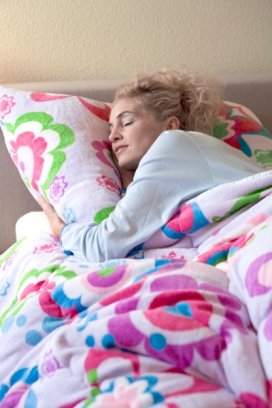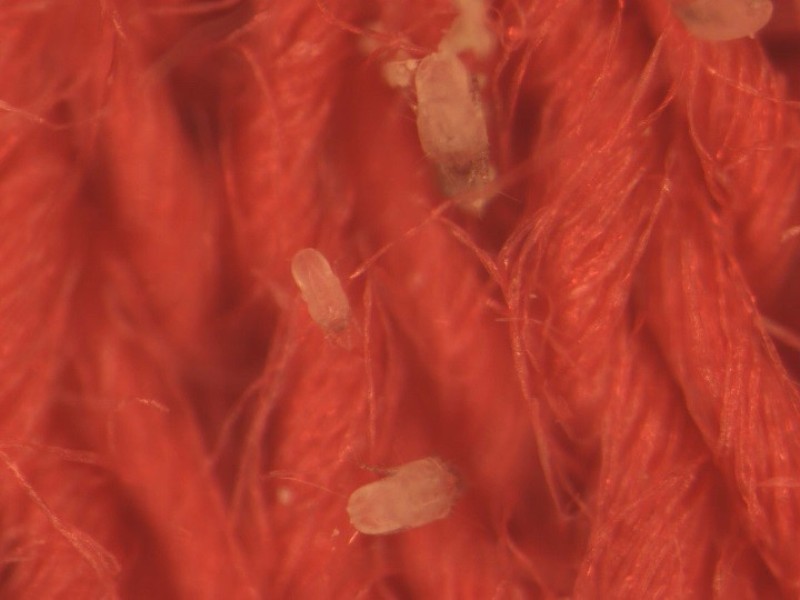
Allergen control with Purissimo
A new product made by Proneem France contains alternative active ingredients to permethrin, but proved highly effective against mites.

2nd February 2017
Innovation in Textiles
|
Boennigheim
The William-Küster-Institute for Hygiene, Environment and Medicine at the Hohenstein Institute has now tested a new product made by Proneem France, which contains alternative active ingredients but proved highly effective against mites. In a test in accordance with NF G39-011, Proneem finish by Proneem France was able to inhibit the growth of a mite population by over 90% and was therefore awarded the Hohenstein quality label Effective against Dust Mites.
“This shows that the Hohenstein test for effectiveness against dust mites in accordance with standard NF G39-011 is also suitable for alternative, permethrin-free finishing treatments and offers textile manufacturers a way of developing optimised bedding and home textiles that will reduce the symptoms of house dust allergy-sufferers,” the Institute explains.
Dust mites prefer to live in duvets and mattresses, upholstered furniture and carpets where they find ideal hygrothermal conditions. Using treated bedding can reduce the rate of reproduction of the mites and so decrease the allergen load.
Normally, these finishing treatments contain the acaricide permethrin. As a toxin that can be ingested or absorbed, it is effective against numerous insects, including mites. Permethrin is a neurotoxic chemical which, in insects, causes agitation and cramps, then coordination disorders and finally paralysis. Permethrin is poorly absorbed by healthy skin, but nevertheless attempts are being made to find alternative finishing agents.
Between four and five million Germans suffer from a house dust mite allergy. However, this is not caused by the mites, but by their faeces. The little arachnids prefer to live in duvets and mattresses, upholstered furniture and carpets.

The conditions there are perfect for them are: an average temperature of 25 °C, humidity of up to 70% and the human skin flakes on which the small creatures feed. The faeces disintegrate into very small particles, and when stirred up, these particles enter the mucous membranes through the respiratory tract, causing allergic reactions with the typical symptoms, including a runny nose, watery or itchy eyes, and in severe cases even asthma and breathlessness.

Business intelligence for the fibre, textiles and apparel industries: technologies, innovations, markets, investments, trade policy, sourcing, strategy...
Find out more